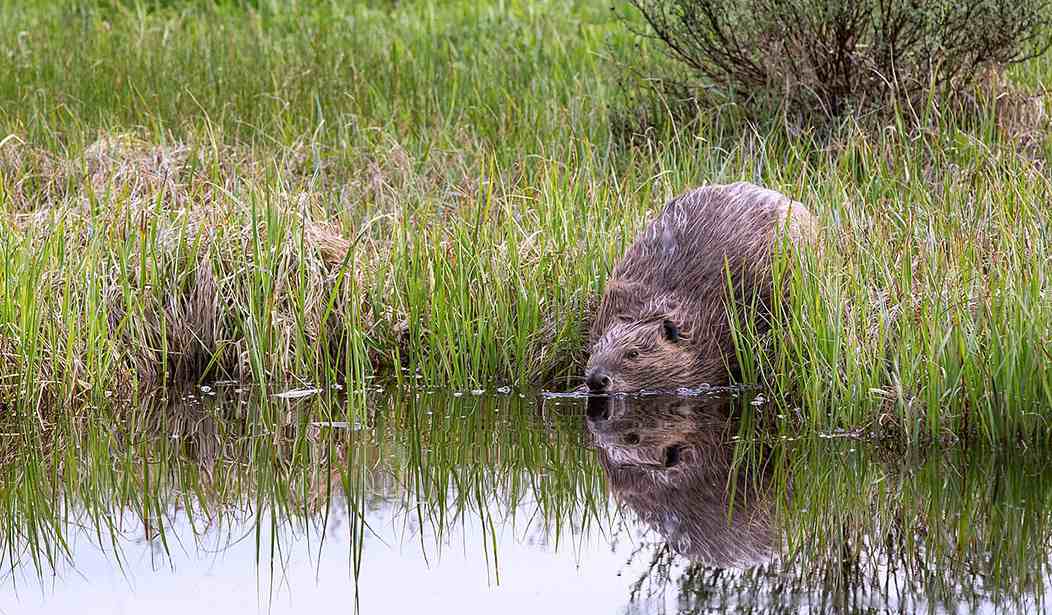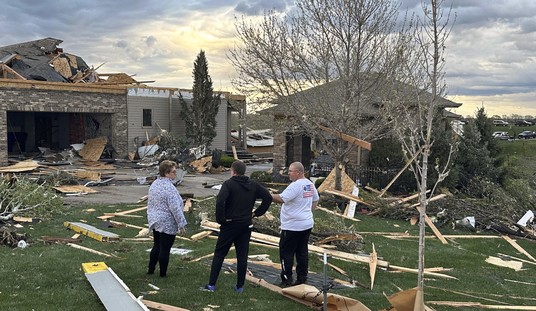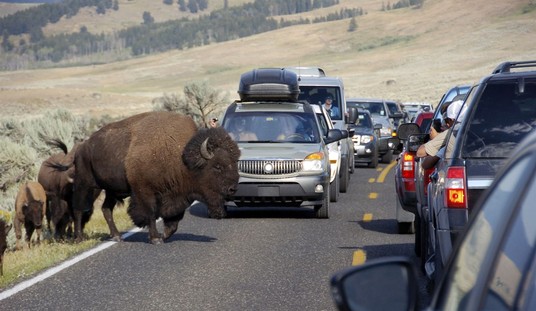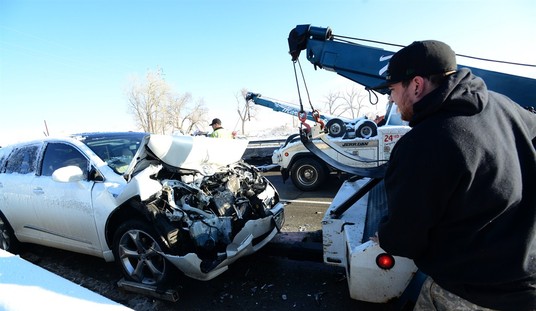Just when you thought California couldn't get any more ridiculous, now, in the name of saving the state, a group of scientists are proposing to monitor the once-Golden State's beavers. From space.
Seems like a dam waste of money to me.
Over the past several years, a team of beaver scientists and Google engineers have been teaching an algorithm to spot the rodents’ infrastructure on satellite images. Their creation has the potential to transform our understanding of these paddle-tailed engineers—and help climate-stressed states like California aid their comeback. And while the model hasn’t yet gone public, researchers are already salivating over its potential. “All of our efforts in the state should be taking advantage of this powerful mapping tool,” says Kristen Wilson, the lead forest scientist at the conservation organization the Nature Conservancy. “It’s really exciting.”
OK, so at least no one is proposing to put an actual satellite in orbit just to monitor beaver activity; that's good gnaws. It looks like the project will instead examine existing satellite photos — in other words, the work will beaver-tual.
While many might wonder what the point of all this is — it's not like the rodents are building dams in really expensive coastal real estate, like Beaver-ly Hills — it turns out that beavers may be valuable in managing the chronically water-short state's surface water supply.
After all, no state is in more dire need of beavers’ water-storage services than flammable, drought-stricken, flood-prone California. In recent years, thanks to tireless lobbying by a campaign called Bring Back the Beaver, the California Department of Fish and Wildlife has begun to overhaul its outdated beaver policies. In 2022, the state budgeted more than $1.5 million for beaver restoration, and announced it would hire five scientists to study and support the rodents. It also revised its official approach to beaver conflict to prioritize coexistence over lethal trapping.
This is in a state where the cities are literal crapholes, where there is a budget shortfall in the billions, but they have resources to study beavers, which critters will, trust me, go on being beavers and doing beaver things whether people watch them from space or not. And if they're worried about water, how about forgetting about beavers (and elephants) long enough to build a few new reservoirs? Or maybe some desalinization plants?
Well, let's be fair to California; it's not entirely clear from the article who is paying for this. The Nature Conservancy is mentioned, and yes, they can spend their money any way they like. But the California Department of Fish and Wildlife is looking at revamping their beaver policy, and one has to wonder if they'll be looking into the beaver satellite reconnaissance game as well. Hopefully not; the state is broke enough as it is.
Beavers recovered from being trapped out almost to extinction, yes — in the late 18th and early 19th centuries. They are doing pretty well nowadays, with many happy young beaver couples tying the gnawt, building dams, and having kits. Unlike some animals, beavers pose no threat to humans other than occasionally flooding a good pasture or a crop field. And while I'm skeptical about beavers solving California's drought and wildfire problem, there's no reason that the big rodents shouldn't thrive where the terrain suits them.
But any policy changes on the part of California, before being officially adopted, must beaver-ifiable.














Join the conversation as a VIP Member